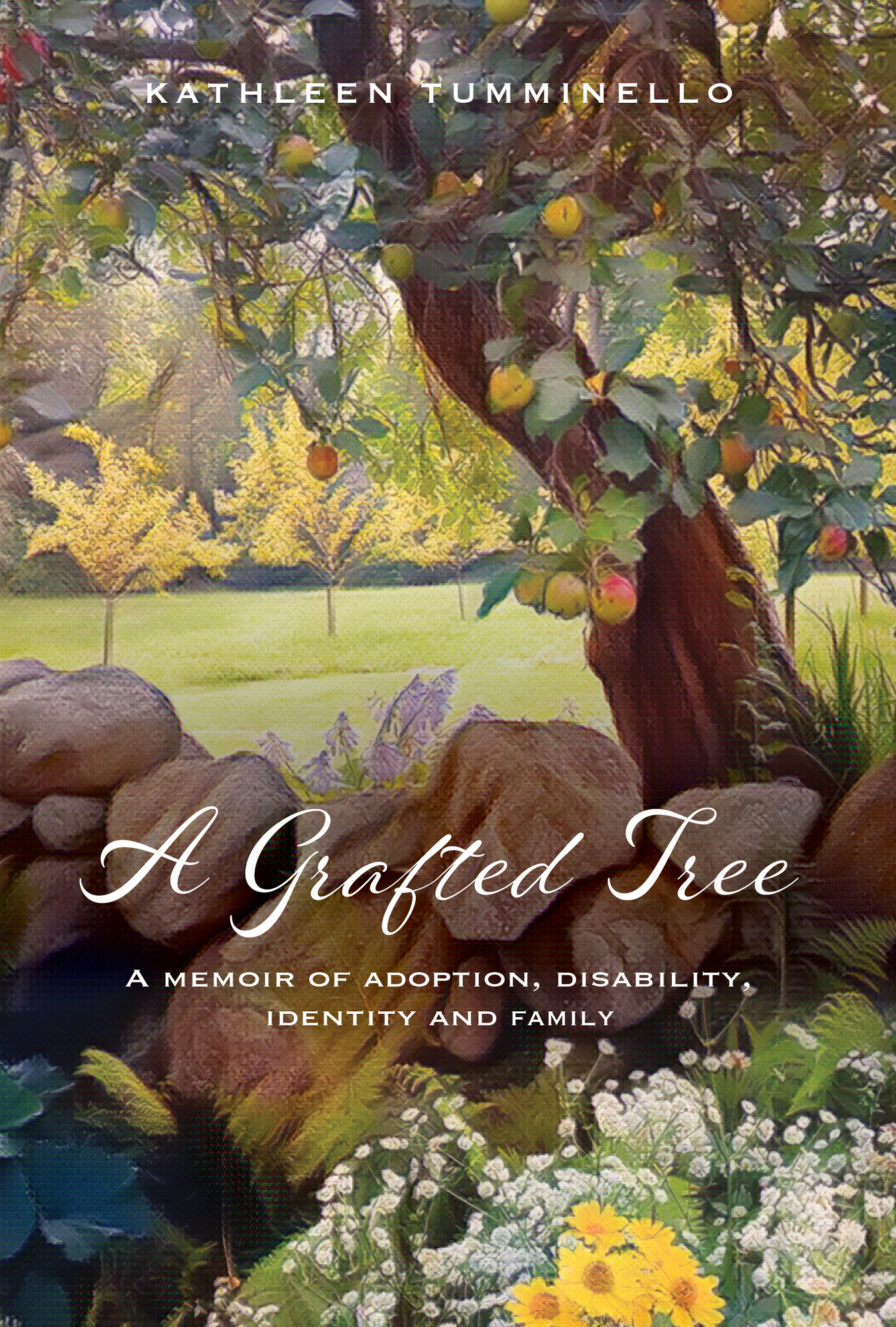“You would think I’d remember every detail of that day, but my memory can only dispense fragments; a kitchen corner where the wall phone hung, a scrap of paper, some scribbled words, a simple question, and a pitiful image in my mind. So, I suppose that’s where the story begins.
I had just hung up the phone and was looking at the words I had jotted down while trying to listen to everything that I had been told:
malnourished
failure to thrive
burns lower body
doesn’t speak
head shaved
about 2-3 years old
can’t leave behind
beautiful
All words written in pencil…as if they could be erased.
I held that scrap of paper with those unsettling words and gazed out the kitchen window. It was a beautiful fall day. I needed to think. Looking at the trees and the patches of sunshine on grass beneath them put me in a calmer state of mind. Sunny days made me feel optimistic, upbeat, and happy, but this was different…I couldn’t be deceived by the sun. Did I stand there for one minute? Ten? Twenty? I don’t know. I only remember not wanting to call Jack. I wanted to be alone with my thoughts first. The clear day had morphed. It became mist-laden, and through the gauzy vapor an image had emerged—a baby—burned, abandoned, and languishing. The image kept trying to overwhelm my thought process. Fighting through the haze, I returned to what Jean, our adoption caseworker, had just told me. “I know you and Jack were hoping for a healthy infant, but I thought you might be interested. This is a special case.” It was a special case, but what about my career? I was a newly registered nurse, an RN just getting started with hospital nursing. But this baby…that image…I turned away from the window and picked up the phone.
“Jack? They found a little girl for us.”
“That’s fantastic! How old is she? What did Jean say?”
“She said her friend, Connie Boll, who’s a social worker, was in Seoul looking for a baby for a client. She found a little boy, but then came across a little girl with burns.” With a shaky hand, I picked up the piece of paper and quickly told Jack what I remembered. I took a deep breath and paused. “The problem is Connie thinks the little girl is a failure-to-thrive baby and doesn’t want to leave her behind.”
“What’s failure to thrive?”
“Well, when babies don’t get enough attention or care, some give up. They become passive and stop learning how to do all the usual things babies do—you know, like sitting up, crawling, and walking.”
“So how serious is this?”
“If no intervention occurs…the baby can die. That’s why Connie’s so concerned.” There was silence on the other end of the phone. I couldn’t see Jack’s face to judge any reaction he was having. So, winding and unwinding the phone cord around my finger, I continued telling him what I had pieced together from my conversation with Jean.
“Jean told me that Connie had suffered from burns on her neck as a child, and that was one reason she was drawn to the baby. She said the baby is beautiful, and she’s developing a bond with her.”
Still silence on Jack’s end.
“Oh, and Jean also said the little girl seemed to have a fear of men, and it might take a while for her to warm up to you.”
It was a lot of information for us both to process. The moment had come: me in the corner of a sunny kitchen, and Jack at his office desk. Did we want this child? Matthew, our eleven-year-old, was in middle school and doing well. He had a gentleness about him and knew we were waiting for another baby. However, Jason, our four-year-old, also adopted from Korea, was a handful. His hyperactivity kept us both entertained and challenged. So, the question remained: Did we want this child? Could we do this?
After a long pause, Jack asked one question. “Does she make eye contact?”
“Yes,” I said.
“Well, that’s good enough for me,” he replied.
I don’t remember a single second of the rest of that day.
Excerpt From
A Grafted Tree
Kathleen Tumminello
This material may be protected by copyright.



4 Comments